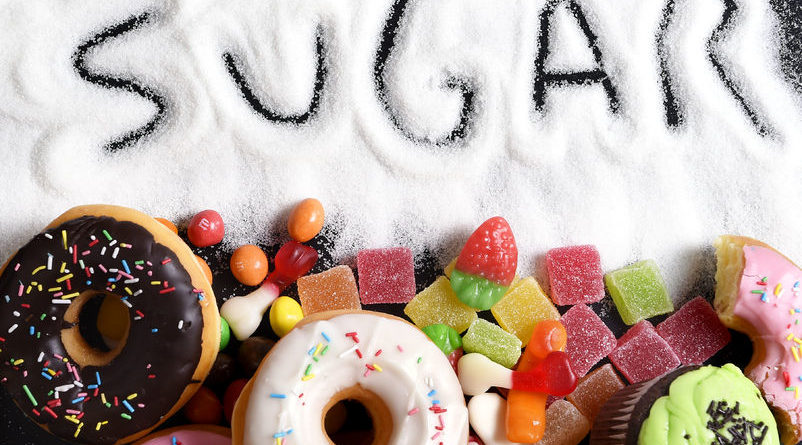Written By Julie Paiva, CHHC
Today’s busy schedules can lead to unpredictable meals times making it harder than ever to eat a balanced diet. Without proper planning, it’s easy to develop bad habits and find yourself perhaps surviving your work day off of three cups of coffee and a scone. It’s not surprising that dietary choices such as this will make you feel terrible throughout the day. Shakiness, sluggishness, and headaches are just a few signs that you may be riding a blood sugar rollercoaster. So what can we do to balance out our blood sugar? A good place to start is to look at the glycemic index.
What is the Glycemic Index?
The glycemic index (GI) is a ranking of foods from 0-100. It measures how quickly a carbohydrate is digested and used in your body. Foods with a score below 55 are considered low glycemic. Foods with a score between 56-69 are medium. Food with a score above 70 are considered to have a high glycemic index.
How does the GI relate to blood sugar levels?
The GI has a direct impact on your blood sugar levels. The carbs that you ingest affect your blood sugar balance which controls the release of insulin. When your insulin levels are good and balanced, you just feel better. Insulin is the gatekeeper to your cells. It opens the door and lets in sugar when it is required for energy or ushers it to the waiting room for when your body requires it. This is what happens when your body has a steady, balanced blood sugar level. It’s when your blood sugar levels are out of balance that your body starts running into trouble; as these levels rise and fall like a roller coaster, your body and your mind become stressed.
Slow and Steady is the way to go…
Low GI foods, which include most veggies and proteins (meat, fish and dairy) and some fruits, enter your bloodstream slowly. This triggers a less-intense insulin response, and results in steadier blood-sugar levels. High GI foods, which include processed foods and sweetened beverages, generally lack fiber and protein, so they storm the bloodstream quickly and jolt your body into producing insulin. To maintain the balance, you want to remember to keep your carbs low and slow. Slow and steady keeps your body in balance. Choose whole foods, avoid processed foods and sugar substances to keep your blood sugar levels happy and healthy.
Here is a helpful table to use when choosing fruits and vegetables
| GI Number | Fruits | Vegetables |
| Low (below 55) | Apple
Apricot Blueberries Grapefruit Nectarine Orange Peach Pears Plum Prune Strawberries |
Broccoli
Cabbage Carrots Cauliflower Celery Cucumber Eggplant Green beans Herbs Leafy greens Lettuce Mushrooms Spinach Squash Tomatoes |
| Medium (56-69) | Banana
Cantaloupe Dates Figs Kiwi Mango Papaya Pineapple |
Corn
Sweet potato Beets |
| High (above 70) | Watermelon | Parsnips
Potatoes Pumpkin |




